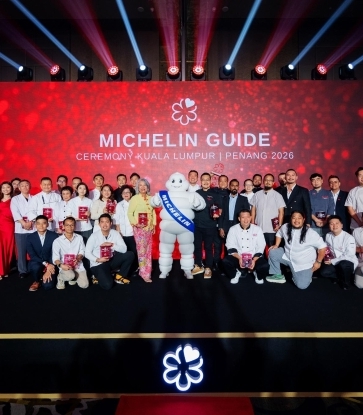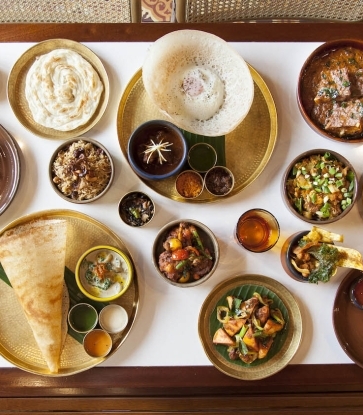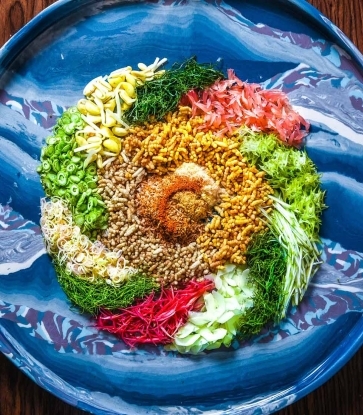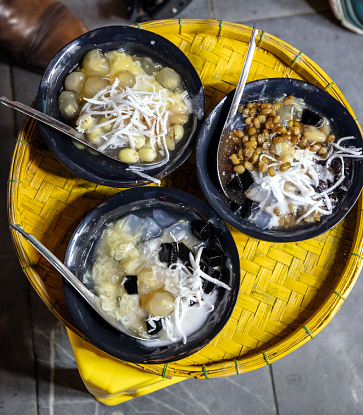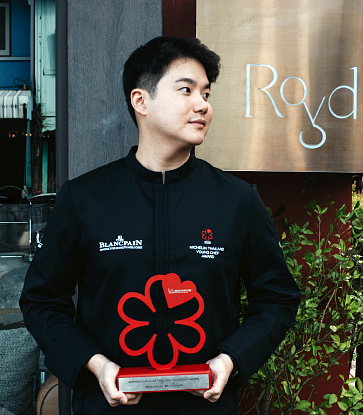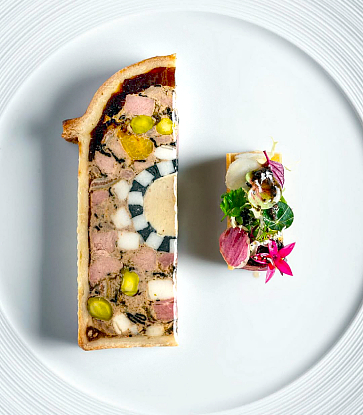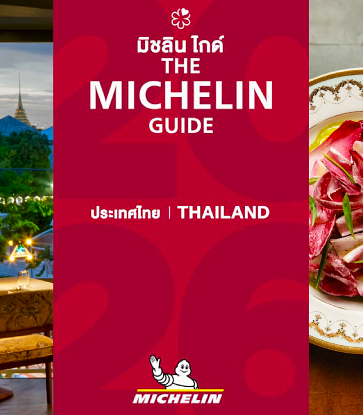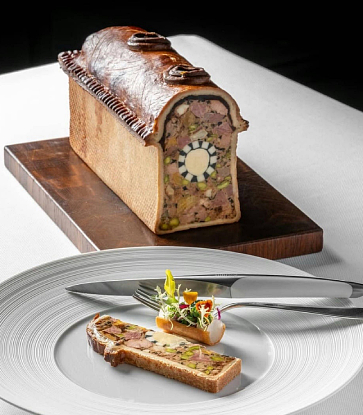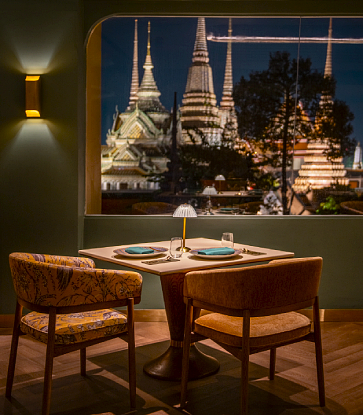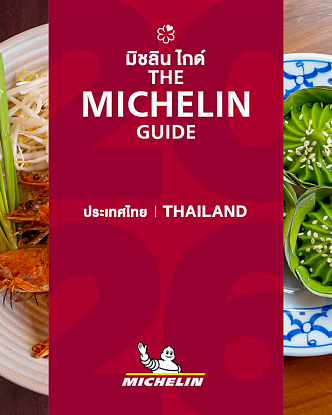Hot pot is a staple of Asian culture that comes in many forms. The better-known versions include shabu-shabu, sukiyaki and malatang — but Thailand’s northeast has its own unique take: jaew hon or chaew hon, a beloved Isan hot pot that has won hearts across the country. Let’s explore what makes this regional specialty so distinctive — and where to savor it.
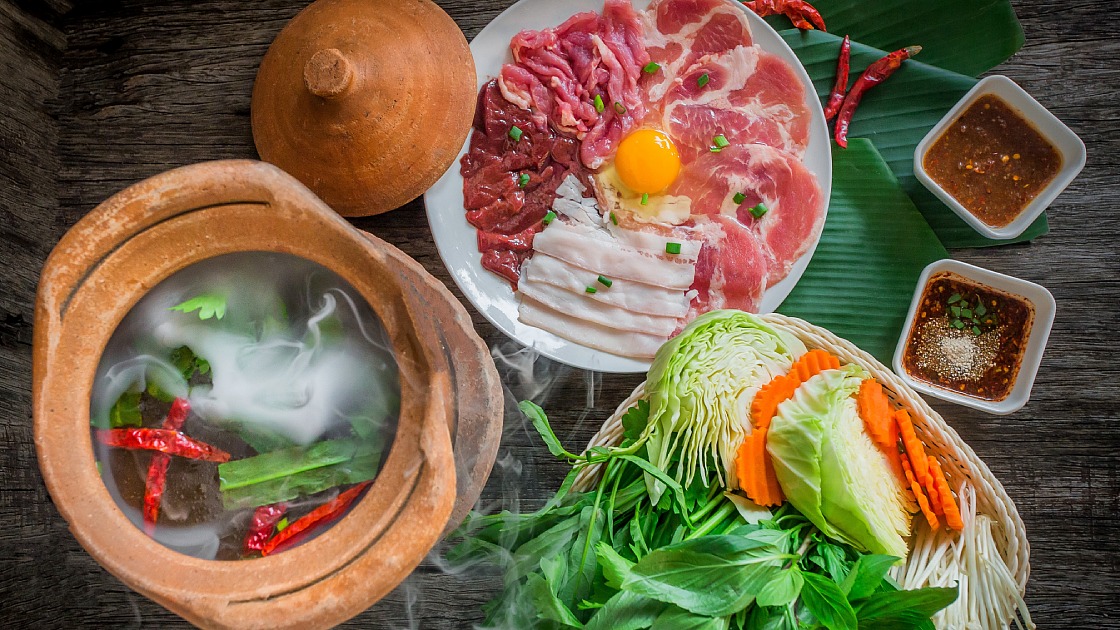
How well do you know “jaew hon” and its twin “jim jum?”
When you ask a Thai about hot pot, jaew hon is usually the first thing they mention. But jim jum (or chim chum) is often considered its twin, thanks to their nearly identical preparation methods. Both are spicy hot pots built around a broth brimming with aromatic, flavorful herbs — galangal, lemongrass, kaffir lime leaves, shallots, chili, coriander root and sweet basil.The way you enjoy them is similar, too. Add meats and vegetables to a pot of gently boiling broth, wait until they’re cooked, then dip them into a fiery sauce before savoring the heat. What sets jaew hon apart from jim jum lies in the broth and the dipping sauce.
Jim jum’s broth is clear with a mild aroma — appealing even to those who are just developing their palates.
Jaew hon’s broth contains beef or pork blood. Some recipes call for “pia,” a mixture of digestive enzymes from an animal’s intestines.
Although the dipping sauce for both is called jaew, jaew hon’s is usually “jaew khom.” Khom means bitter, a flavor that comes from the addition of pia — a uniquely Isan touch. The bitterness is balanced by sweetness. Jaew khom also pairs well with grilled or boiled beef. Some restaurants offer sukiyaki sauce as well, adding more variety to the dips you can explore.
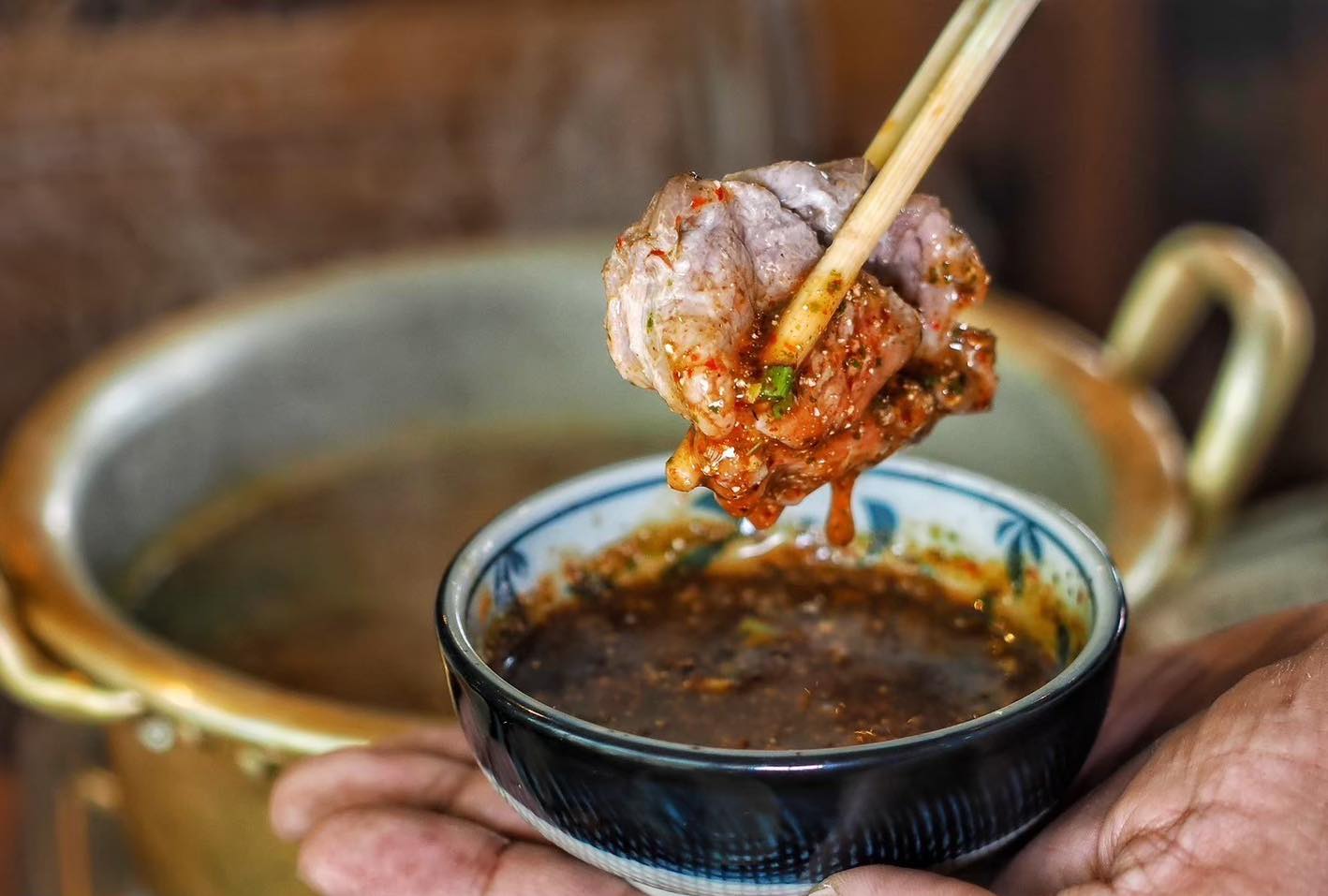
Jaew Hon Culture: Warm and Spicy
Both jaew hon and jim jum are embraced by Thais in every region. You will definitely find jaew hon in every Isan district. Some restaurants are set up to sell only jaew hon, while others that offer general Isan delicacies also have jaew hon or chim chum available.The reason behind their popularity is not only the flavor — a mix of heat and a hint of khom um lum (a well-balanced bitterness) — but also the sense of gathering they foster. Jaew hon and jim jum are meant to be enjoyed with family or friends. They’re at the heart of cheerful conversations and lasting connections.
What Goes Well With Jaew Hon?
Beyond jaew hon, several dishes complement the bold, authentic flavors of Isan cuisine. Staple items at Isan restaurants include som tam (papaya salad), larb (minced meat salad), nam tok (sliced beef in spicy dressing), ko mu yang (grilled pork jowl), and soup no mai (bamboo shoot salad).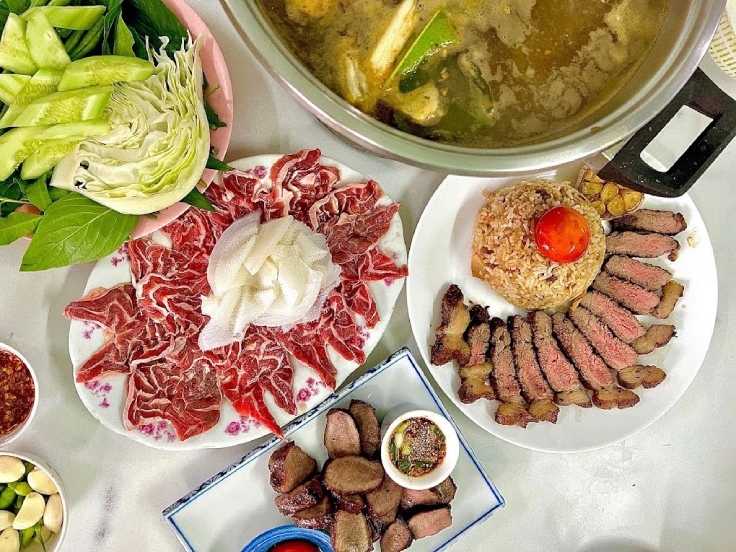
Where to Enjoy the Tastiest Jaew Hon
Isan restaurant outside the region may primarily offer jim jum instead of the jaew hon. But don’t fret.Kampun Gai Yang (Recommended, MICHELIN Guide Thailand 2025) is one place you can trust. Our MICHELIN Inspectors confirm jaew hon from their grandmother’s recipe is one of the most authentic. Every ingredient’s quality is guaranteed.
But, if you’re planning your Isan trip, jaew hon is quintessential in every district. Add trying authentic jaew hon at its origins to your itinerary. MICHELIN Guide Thailand 2025 lists Khon Kaen as the province with the highest number of jaew hon places. Make a stop at Prasit (Bib Gourmand), So Jeng (Bib Gourmand), and Tumkratoei Sagate (Recommended).
Don’t miss the chance to learn and enjoy what authentic Jaew Hon tastes and looks like.

Let’s experience authentic jaew hon around Isan — especially in Khon Kaen, where the sound of the khene and the golden shower tree await. For updates on travel destinations, contact the TAT Call Center at 1672 or visit the TAT Contact Center on Facebook.
Illustration image: © Shutterstock





